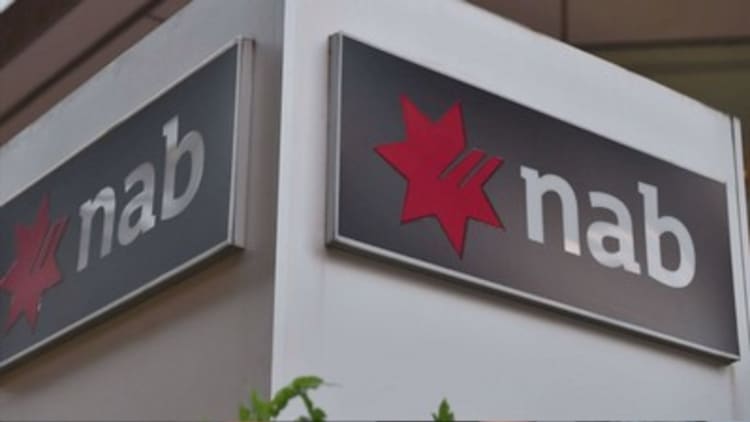
Oil and iron ore have had a shocker of a year and National Australia Bank says the two commodities may fall further in 2016.
"Risks remain tilted to the downside amidst stubborn oversupply and weak demand conditions," the bank said in a note Tuesday.
For iron ore, NAB expects a sharper slowdown in global steel production, particularly in China where the economy -- and construction -- continues to slow, might push the metal's price toward $30 a tonne, around Australian miners' breakeven. The bank is currency forecasting an average price of $42 a ton.
Spot iron ore for China delivery was at $39.40 a ton on Monday after touching a low of $37 earlier in the month, the lowest since late 2008 when data began to be compiled.
"Chinese iron ore production will also remain the swing factor - while production has fallen 8.5 percent so far in 2015, this remains stronger than previously anticipated despite its lower grade and higher cost of production (above the current spot price)," it said.
The picture isn't much better for oil, the bank said.
"The global oil glut is also expected to continue into 2017 as market competition becomes more decentralized, with major producers from the U.S. and Middle East continuing to supply at a robust rate in a bid to defend market share and sustain revenue," NAB said. It sees a "significant downside risk" to its forecast that oil prices will range from $40-$50 a barrel in the first half of the new year.
"Significant upside risks to production from OPEC, accompanied by further expected appreciation in the U.S. dollar, suggest that oil prices could go as low as in the $20s in 2016 under a worst case scenario," it said.
But it added that prices aren't likely to stay that low for long as those levels are below the cost of production for higher-cost companies.
WTI crude futures for February delivery were up 0.8 percent, or 29 cents, at $36.10 in Asia trade after dipping Monday below $34 to hit a fresh near-seven-year low. Brent for February delivery was up 20 cents, or 0.6 percent, at $36.55, after hitting $36.04 a barrel Monday, its lowest since July 2004.
NAB isn't alone in seeing continued risks to commodity prices.
Australia's Department of Industry, Innovation and Science on Tuesday released a report cutting its iron-ore forecasts, Reuters reported.
It cut its average iron ore forecast to $40.40 a ton for 2016 from a $50 a ton estimate in September, Reuters reported.
ANZ is also skeptical that either oil or iron ore will rebound soon.
"Iron ore prices have found a base near term, but crude oil has yet to find a bottom. Both markets are at risk of making new lows in the first quarter of 2016," the bank said in a note Tuesday.
—By CNBC.Com's Leslie Shaffer; Follow her on Twitter @LeslieShaffer1




